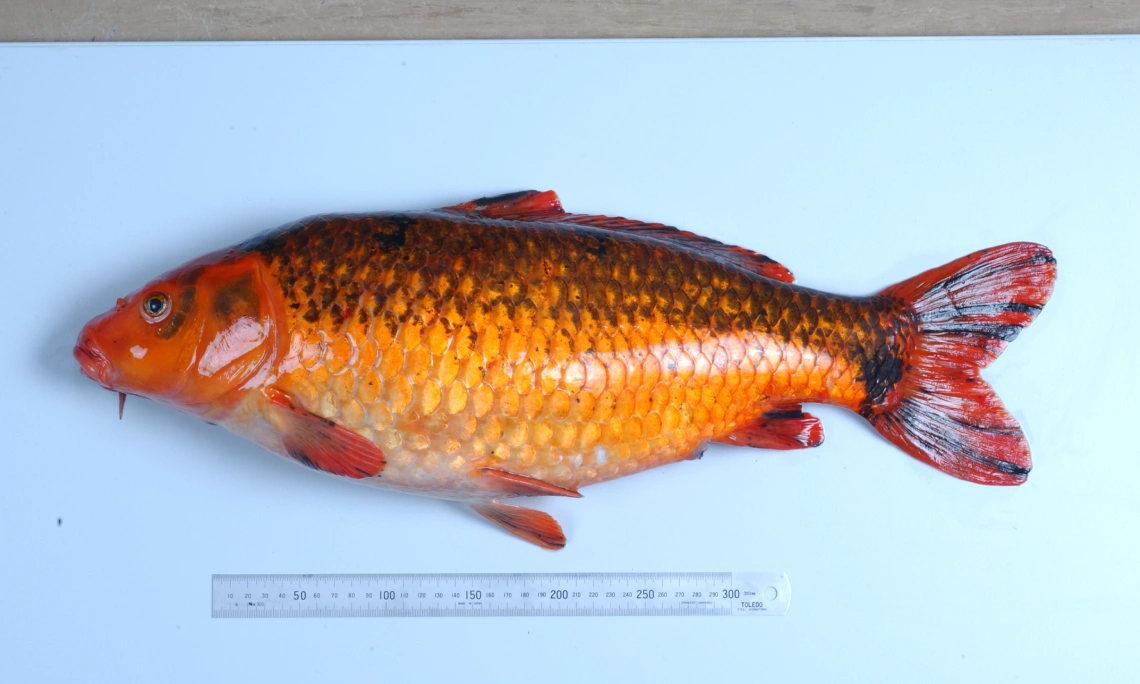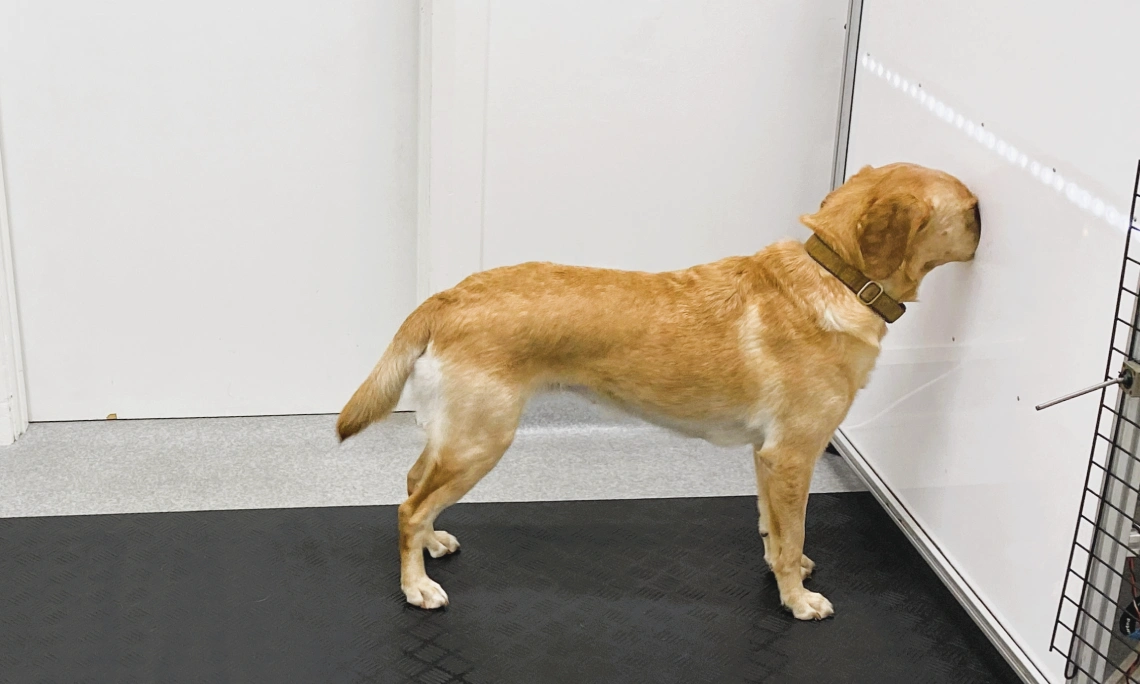Fish project
Invasive fish have caused significant biodiversity loss and water quality decline in New Zealand’s freshwater ecosystems, with over 65% of North Island lowland lakes affected.

New Zealand’s freshwater ecosystems have suffered losses of native biodiversity and declining water quality due to invasive fish, and over 65% of North Island lowland lakes are impacted by these pests. Current survey methods for invasive species (i.e., netting and electrofishing) are resource-intensive and inadequate for detecting fish at low abundances. Developing a sensitive early detection system is critical to improving the success of control and eradication programmes.
Some of our native fish would also benefit from improved detection methods. The Department of Conservation classifies four of the five whitebait species as either "threatened” or “declining”, so locating where these fish spawn (lay eggs) on stream banks is crucial to protect and restore these areas for the conservation of these species. However, searching for tiny whitebait eggs is laborious, and they can be mistaken for other species’ eggs such as snails.
Our research
Invasive fish project
We have trained dogs to detect both koi carp and catfish, presenting water samples to the dogs on an automated apparatus. This system could be used operationally because it would be more straightforward to bring water samples in from the field than taking a dog out to multiple field sites.
We have found that the dogs can discriminate between different species of pest fish and can detect the presence of these fish at low concentrations, even when the sample water has been preserved, which would be required for operational use of this system. We have also compared the dogs’ performance to that of environmental DNA (eDNA) and found that the two technologies may be complementary.

Whitebait project
The dogs in this research have been trained using a classic “line-up” procedure, where they work along a line of samples that may or may not contain their target odour. This method would allow the dogs to transition to field testing and deployment.
Results have shown that dogs can discriminate giant kōkopu eggs from snail eggs and other non-target scents, including in blind tests and when working outdoors.

Support
This research is supported by the Ministry for Business, Innovation & Employment.